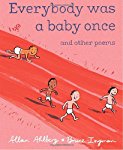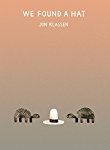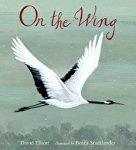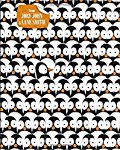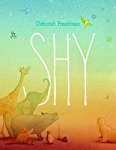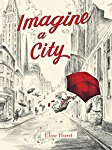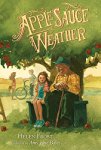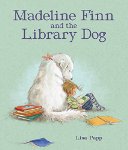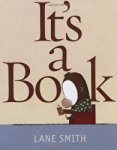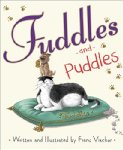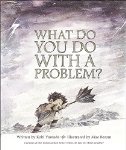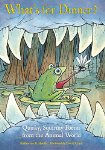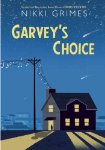I usually offer up a preamble before I jump into my reviews, but today's poetry title needs no introduction because Shel Silverstein needs no introduction. What is special about this particular edition is that it contains twelve new poems!
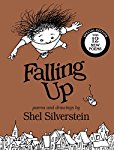 Falling Up
Falling Up
 Falling Up
Falling Up
Shel Silverstein
Poetry
For ages 6 to 8
HarperCollins, 2015, 978-0-06-232133-6
Poets have been writing nonsense and funny poems for
children for many years, and have given their readers amusing characters and
wonderful stories in verse to read over and over. A.A. Milne, Edward Lear, and
many others have delighted young readers with their comical writings, but it
has to be said that one of the most famous and well-loved humorous poets is
Shel Silverstein. He left behind him a wonderful collection of poems for young
readers, poems that children and their grownups have been enjoying ever since
they came out in print.
On the pages of
this book young readers will meet a colorful collection of characters who often
have very bizarre adventures. For example, there is a little boy who, when he
tripped over a shoelace, fell up instead of down. He floated up into the sky
and the experience would surely have been amazing except for the fact that he
got so dizzy and sick to his stomach that he “threw down.”
Then there are
poems that capture moments in a child’s life that are very familiar. In Diving Board we meet a boy who has made
sure that the diving board is “nice and straight” and that is can “stand the
weight.” He has verified that it “bounces right,” and that his toes “can get a
grip.” The only thing left to do is to dive, but we cannot help thinking that
perhaps that is the one thing he won’t do.
Writer Waiting captures another familiar
situation to perfection. A child sits in front of a computer, a wonderful
device that can do so many things that a writer does not need a “writing
tutor.” The computer can spell and punctuate, “edit and select,” “copy and
correct.” The one thing that it cannot do is figure out what you should write
about.
The cartoon
style illustrations that accompany the poems in this book often add a great
deal to the writing, and in some cases they provide a visual punchline that
readers will thoroughly enjoy.
This wonderful
special edition volume includes twelve poems that were not included in the
original 1996 copy of this title. The author’s family very kindly agreed to
share these poems and their accompanying drawings with readers, and what a gift
they have given us.

